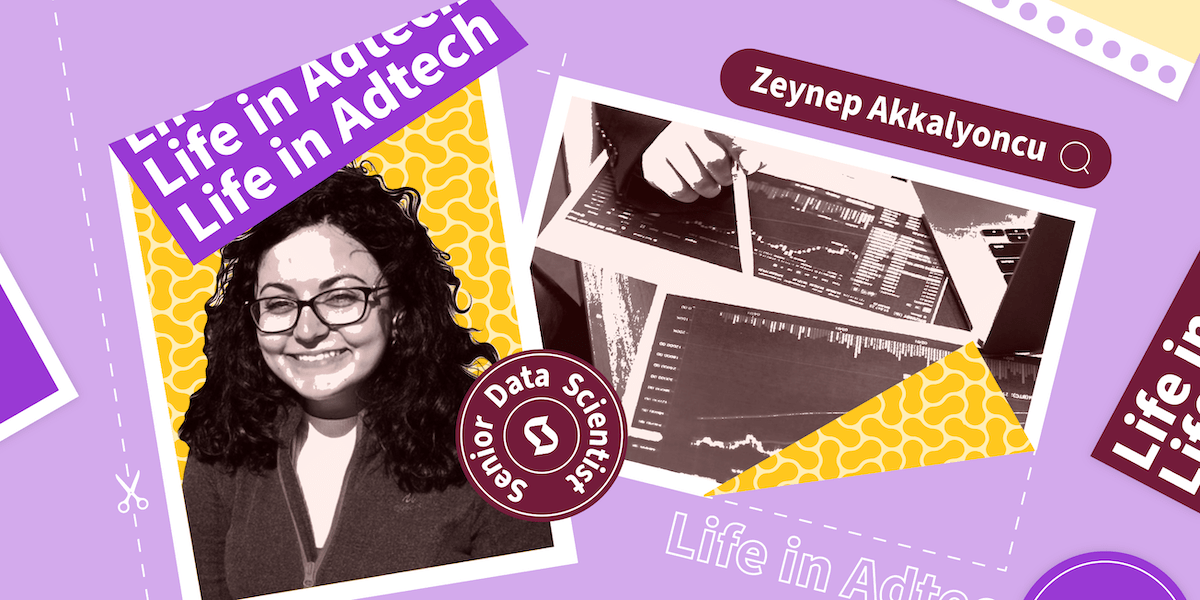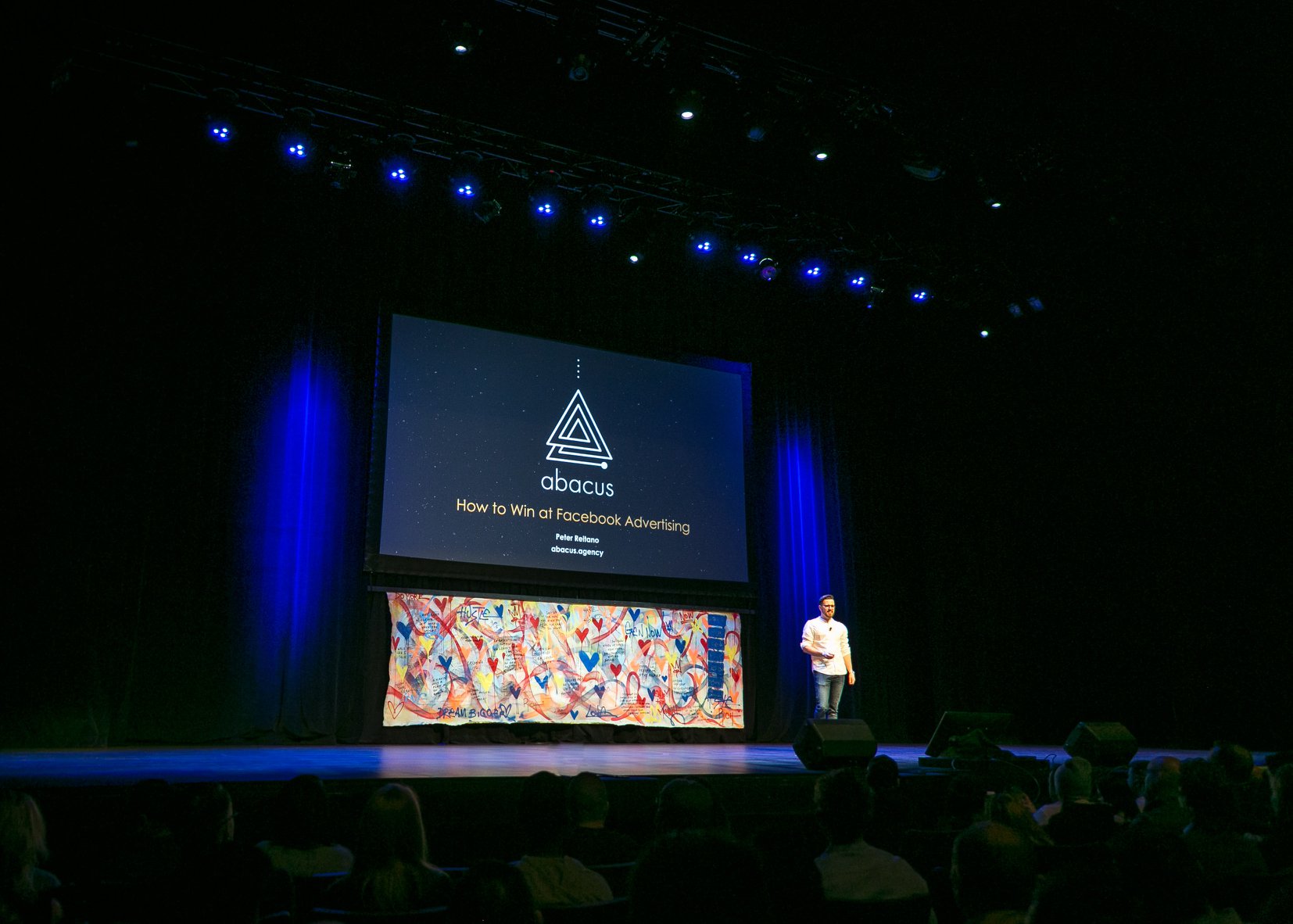You may have heard the term “walled gardens” used to describe the way major online platforms keep control of their data. A great example of a walled garden in digital marketing is Facebook. Through a closed ecosystem, Facebook sells its own inventory, while also representing the demand side and controlling the price of its ad slots
We take for granted that our social campaigns live in segregated worlds that are distinct from our other programmatic channels, like native, display, audio, video and connected TV (CTV). But what if this wasn’t the case? What would the world look like if the walls of the internet came tumbling down?
Here are 4 key things that every marketer should know about walled gardens.
Why Walled Gardens Exist in the First Place
The answer is quite simply, because they can. When it comes to advertising, giant firms like Facebook and LinkedIn hold all their own cards. The amount of data they have on users who readily allow access to personal information such as age, gender, location, interests and browsing behaviour is unprecedented. Why would a company with that kind of exclusive access invite competition?
Closed platforms also provide benefits to the end user. With a closed loop, the user has access to more accurate forecasting and optimization of the available data. No one has a firmer grasp on the tendencies of their customer base like today’s major social media platforms. This solid grasp of browsing behaviour is what enables social platforms to provide more enjoyable news feeds, and relevant ads.
The Limitations of Walled Gardens
One of the foremost challenges of modern digital marketing is an overabundance of tools with limited integration capacities. In today’s digital marketing ecosystem the number of platforms and channels that marketers run campaigns across can bring challenges. For example, it can be difficult to reconcile various success metrics in order to determine a cross-platform ROI on marketing investment.
Even with automation software, closed platforms add to this complexity by keeping campaign intelligence siloed. Comparing performance between walled gardens and the open market can be incredibly tough, making budget allocation a shot in the dark.
Of course, data within closed platforms must stay within those platforms. Learnings gleaned from the sophisticated targeting capabilities of walled gardens cannot always be replicated in your next open market campaign. This means that you’re unable to optimize or share your budget across platforms, which leads to audience fragmentation.
With fragmentation comes limited optimization capabilities. For example, you may know from experience that users who like a specific brand would also be interested in your product. Unfortunately, in many cases you have no way of targeting those consumers outside of the closed environment. Moreover, most users are on a combo of different platforms. While you can’t expect that everyone is on Facebook or LinkedIn, it’s safe to assume that users are visiting pages outside of walled gardens.
A World Without Walled Gardens
The benefits of data integration would be enormous for digital marketers. If walled gardens joined the open market, we would have:
- Access to a broader audience set.
- Intelligent bidding and targeting capabilities (the learnings from one platform could be implemented across the board to increase optimization).
- Sophisticated targeting could be put to use in the open market which in many cases would mean lower costs for advertisers.
- On the other end, open market learnings could be now applied to currently closed platforms.
Will the Walls Ever Come Down?
It’s doubtful that data powerhouses such as Facebook and LinkedIn will ever fully integrate with the wider internet. But there are certainly workarounds. For example, it is possible to directly integrate with a closed platform’s API and replicate the behaviour of the platform within the software you use for the rest of your programmatic advertising needs.
In this case, although you still can’t squeeze data out of the walls, the two tools can now communicate to each other in a way that allows for some integration of targeting methods and something called “lookalike audiences”. Lookalike audiences take the attributes of a particular data set (a.k.a., audience) and use those same attributes to target that same group within the closed platform.
Better yet, an alternative to these workarounds is to add native advertising into your media mix. Native ads make use of the same delivery as social—they still have a headline, body text and content, and the creative calls out the user the same way it does on social.
The ads can be served on familiar sites including news sites and blogs, meaning the viewers have some level of trust, and they better align with your other programmatic channels. Another great benefit? Programmatic native gives you access to a less expensive cost per impression than you’ll find on paid social.
Want to run exceptional programmatic campaigns? Request a demo to learn more about StackAdapt.





